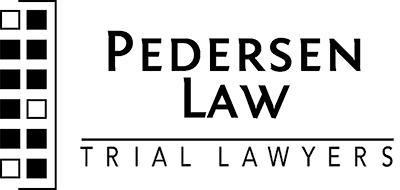Phase Five: Discovery
“Discovery” is a term used to describe the process of gathering information about your case from others, and for the other side to do the same. Discovery in each case may look different from other cases, depending on the dynamics of the particular lawsuit. Discovery can take many forms, and there are many mechanisms available to a litigant. The Discovery process usually constitutes the most time-consuming part of a lawsuit prior to trial, and usually represents the second most expensive part of a lawsuit, short of trial preparation and trial itself.
The Discovery process is often divided between “formal” discovery and “informal” discovery. “Formal” discovery is the process of using mechanisms provided for in the law to gather information. “Formal” discovery consists of things like interrogatories, depositions and requests for production of documents. Informal discovery is information gathering done outside the legally created processes for investigation. Informal discovery often consists of internet research, interviews with friendly witnesses, public records searches, as well as other investigations.
Formal discovery requires both sides to participate with one another in good faith. However, it is here in the formal discovery process where attorneys have some of their biggest battles. Whether motivated by good faith or simply intent to delay and avoid obligations, attorneys will often object to discovery sent to them or provide only weak and inadequate responses. These disputes that arise force parties to try to work out the problem, but where the problem cannot be solved, attorneys must go to court to have a judge order compliance. These actions are usually in the form of
Formal discovery is available to the litigants in state court until thirty days prior to the date first set for trial. After that date, discovery is usually cut off and no further discovery is allowed. Formal discovery in federal court is handled slightly differently, with deadlines usually set by the judge early in the case.
One subset of formal discovery is what is known as “expert discovery.” Experts can be used to assist the jury (or judge in some cases) understand things that are not in the normal understanding of persons related to issues presented. For instance, normal persons may not understand the prudence of using a certain kind of concrete for a parking surface, the standard of care to be exercised by a professional in a particular setting, or the real market value of a piece of property. Litigants are allowed to designate and use experts to bring their expertise into the courtroom to educate the trier of fact in these areas of specialization.
Expert designation and discovery occurs in state court within seventy days of the date set for trial. In federal court, the judge will set a date for expert discovery to be completed. During expert discovery, either side can ask for a mutual exchange of expert information. If either side so requests, then both sides are required to simultaneously disclose to the other side the identity of the experts they intend to use at trial, and both sides are allowed to take the deposition of the other’s experts.
